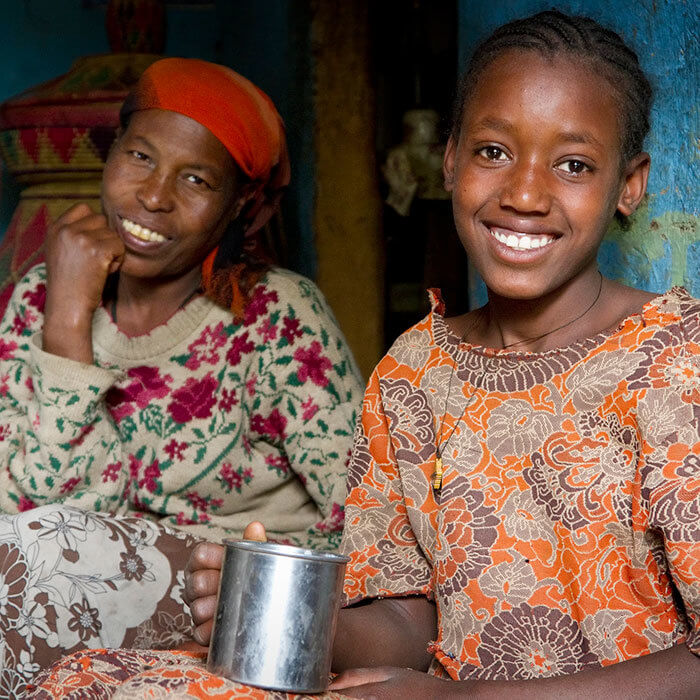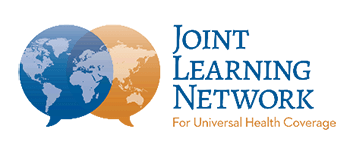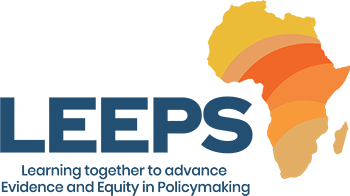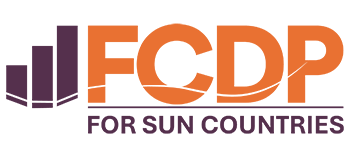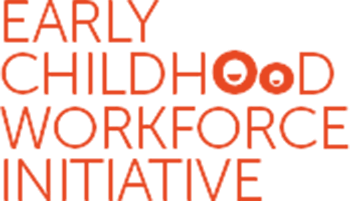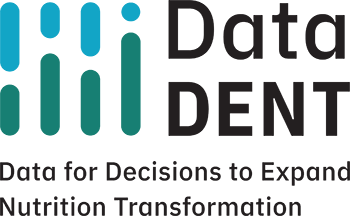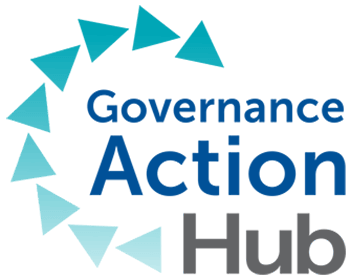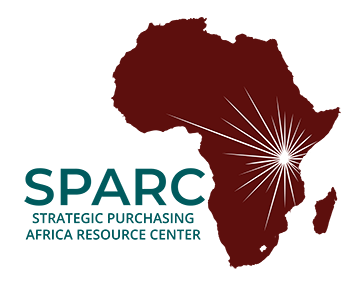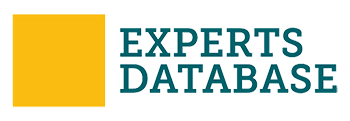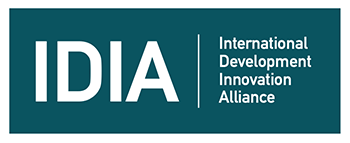Only one in three severely wasted children access life-saving treatment in ready-to-use therapeutic foods (RUTF). R4D is investigating the key market barriers inhibiting access to this critical nutrition commodity to inform high-impact market shaping solutions.
The Challenge
Wasting is one of the largest mortality drivers for children under 5, contributing to up to 2 million deaths annually. Urgent action is needed to achieve the World Health Assembly target for wasting by 2025: to reduce and maintain childhood wasting to less than 5%. In 2019, 47 million children were affected by wasting, of which 14.3 million were severely wasted, with further increases expected due to the pandemic.
The world has the tools to prevent many of these deaths: ready-to-use therapeutic foods (RUTF) are a highly effective and cost-effective treatment with decades of proven success in curing acutely malnourished children. However, while the product in the market is generally high quality, well designed, and accepted well by children, the key actors in the RUTF market have failed to make RUTFs available to more than a minority of those who could benefit from this life-saving treatment: while the cost of the product has become incrementally more affordable over the past 20 years, funding for RUTFs only manages to cover roughly 25% of the potential need.
The Opportunity
In 2020, UN Agencies released a high-level Global Action Plan (GAP) for wasting that outlines priority actions to achieve the Sustainable Development Goals for prevention and treatment of child wasting. A key outcome of the GAP is to increase treatment coverage by 50% by 2025, which requires that key commodities, including RUTF, must be routinely available at high quality and affordable prices. Market shaping is a critical tool to achieve these goals – with the first step being to understand the most critical market barriers inhibiting access to RUTF for severely wasted children today.
Our Work
As part of the Strengthening Systems for the Treatment of Acute Malnutrition project, R4D’s Market Shaping Practice thoroughly diagnosed the regulatory, demand, supply, and financing barriers inhibiting access to RUTFs at the global level, as well as at the national level in in Ethiopia and Tanzania.
From the global and country-level market analysis, priority bottlenecks were identified, and these key insights were used to scope priority opportunities to address the identified barriers. The short-term project objectives aimed to support key decision-makers in developing market shaping strategies globally and-in country, with the longer-term objective being to increase availability, affordability, and quality of RUTFs in order to reduce the global wasting burden.
In a distinct second workstream of this program, R4D and UNICEF jointly produced an easy-to-follow, 6-step process guide called Integrating Early Detection and Treatment of Child Wasting into Routine Primary Health Care Services: A Resource Guide to Support National Planning. The guide was developed through a highly collaborative process involving consultations with nutrition and health experts at the global, regional and country levels, including government representatives from five countries (Ethiopia, Kenya, Malawi, Pakistan, and the Philippines), local and regional NGO representatives, donors, and independent experts in nutrition and health systems strengthening.
Our Results
Based on our market assessment and emphasis on increasing availability of RUTF, we identified four highest impact actions:
- Action #1: Prioritize sustaining and increasing funding for RUTF – from all sources, including donor, domestic & co-financing
- Action #2: Increase focus on procuring from suppliers who provide best combination of price, performance and supply security
- Action #3: Actively shape the emerging market of alternative formulations (AFs) to a highly curated set of cost-effective recipes; and invest in the needed evidence generation
- Action #4: Progressively strengthen local capacity, supply chains, and integrated systems needed for future RUTF markets
For more detailed findings, refer to our policy brief and final readout document.
Photo credit: Kelly Lynch under an Attribution-NonCommercial 2.0 Generic (CC BY-NC 2.0) license



